
The Great Smoky Mountains are a beloved American treasure, known for their breathtaking views and rich biodiversity. Yet, beneath the surface of this natural wonderland lies a wealth of lesser-known facts. Curious about what makes the Smokies even more remarkable? Here are some revelations about this iconic mountain range.
Birth of a National Park
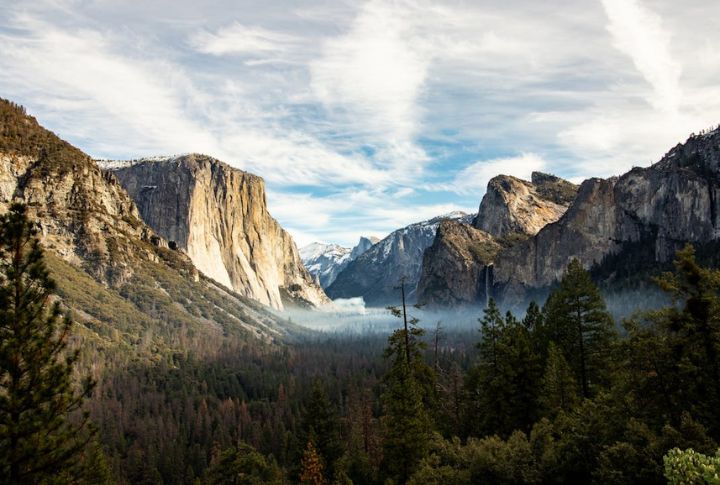
The Great Smoky Mountains National Park emerged from a grassroots movement. In the 1920s, locals and conservationists rallied to protect the area from logging. Their efforts paid off in 1940 when President Franklin D. Roosevelt dedicated the park. This collaboration between citizens and government set a precedent for future conservation projects nationwide.
Free for All

Unlike many national parks, the Great Smoky Mountains doesn’t charge an entrance fee. However, visitors need parking tags when they park for more than 15 minutes. Note that the daily charges are $5, the weekly charges are $15, and the annual charges are $40 for all vehicles and types, regardless of size.
America’s Most Popular Park

It consistently ranks as the most toured national park in the United States. In terms of numbers, it welcomed 13.3 million visitors, more than double the number of visitors at the second-most popular park. The accessibility, diverse attractions, and central location contribute to its popularity among nature enthusiasts and casual tourists.
Salamander Paradise

With 30 species of salamanders, the park has earned the title “Salamander Capital of the World.” These amphibians thrive in the park’s moist, cool environment, and researchers flock to the area to study them. Notably, their efforts to protect salamander habitats have made it a global hotspot for amphibian biodiversity.
Ancient Peaks
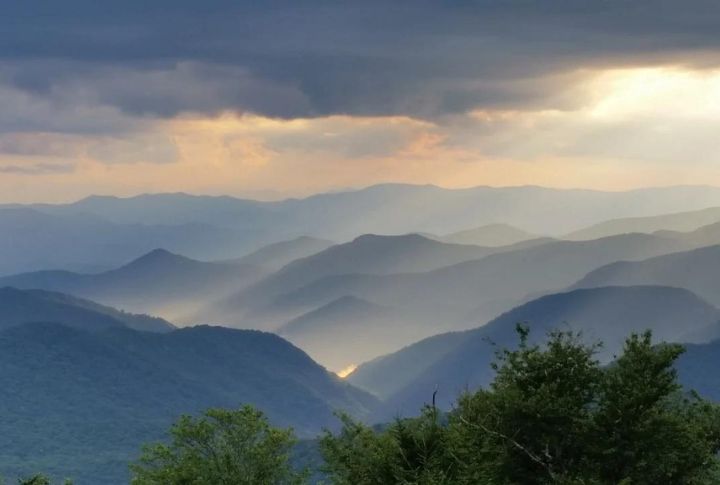
The Smoky Mountains are one of the oldest mountains on Earth, dating back about 200–300 million years. Formed during the Appalachian orogeny, these peaks have weathered countless geological changes. Their rounded tops and lush forests tell a story of erosion and resilience, offering visitors a glimpse into Earth’s distant past.
Hiker’s Paradise

Featuring more than 800 miles of hiking trails, the park caters to adventurers of all skill levels. From short nature walks to challenging backcountry treks, these trails highlight the park’s diverse landscapes. The famous Appalachian Trail goes through the park for 71 miles and attracts long-distance hikers worldwide.
Water Wonderland
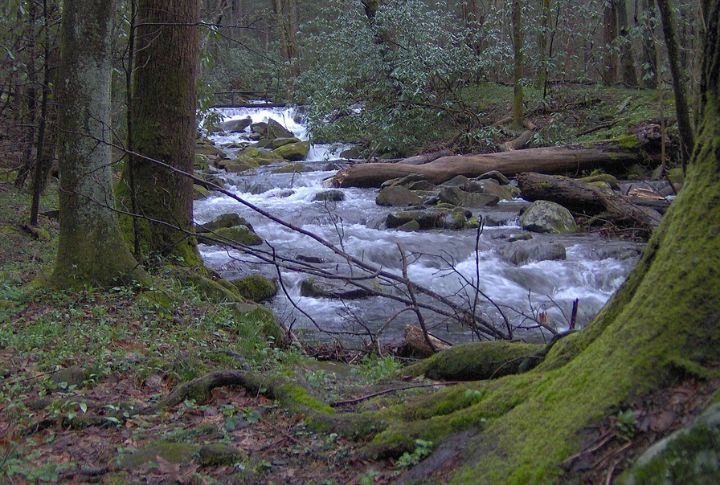
About 2,900 miles of streams can be found here, creating a haven for aquatic life and water enthusiasts. These waterways support a rich ecosystem, such as native brook trout. Visitors can enjoy fishing, kayaking, or simply listening to the soothing sounds of rushing water throughout the park.
Cool Mountain Retreats
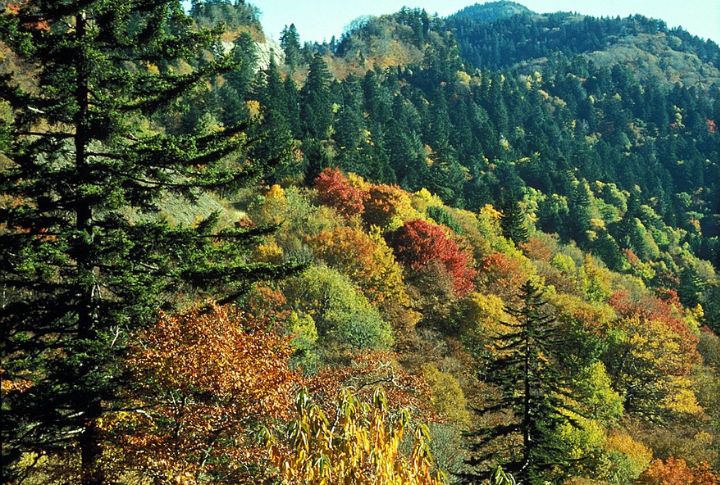
Even during the hottest summers, mountaintop temperatures in the Smokies rarely exceed 80 degrees Fahrenheit. This climate quirk creates a refreshing visitor escape and supports unique plant and animal communities. Its cooler temperatures at higher elevations mimic conditions found much farther north, which allows species typically found in Canada to thrive.
Living History

More than 90 historic structures, including log cabins, barns, and churches, present a sneak peek into Appalachian life from the 18th to early 20th centuries. The park’s efforts to maintain these structures give visitors an authentic glimpse into the region’s rich cultural heritage—a real wonder to behold.
Cherokee Legacy
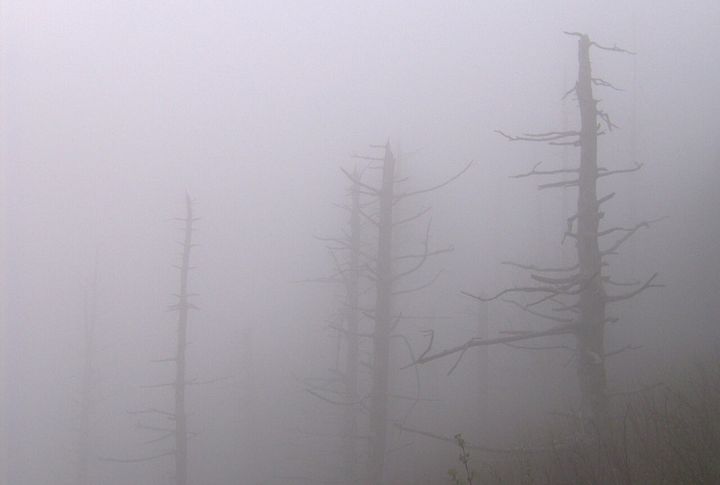
The Cherokee people called this area “Shaconage,” meaning “Land of the Blue Smoke.” This poetic name refers to the distinctive blue haze that often blankets the mountains. Through educational programs and partnerships with the Eastern Band of Cherokee Indians, the park continues to honor its Cherokee heritage.
Biodiversity Hotspot

Home to many plants and animals, the park shows nature’s diversity. It harbors over 19,000 documented species, and scientists believe an additional 80,000 undiscovered species could be within its boundaries. Hence, it has become a living laboratory for researchers and a treasure trove for nature lovers.
Nature’s Light Show
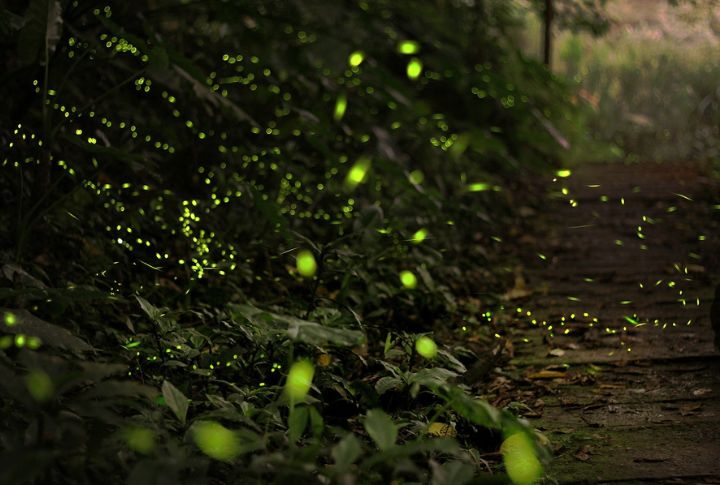
A rare synchronous firefly event is held here each year and draws visitors from around the globe. Thousands of fireflies flash in unison for a few weeks in late spring to create a mesmerizing natural light show. This phenomenon occurs in only a few places worldwide—a bucket-list experience for many nature enthusiasts.
Elk Comeback
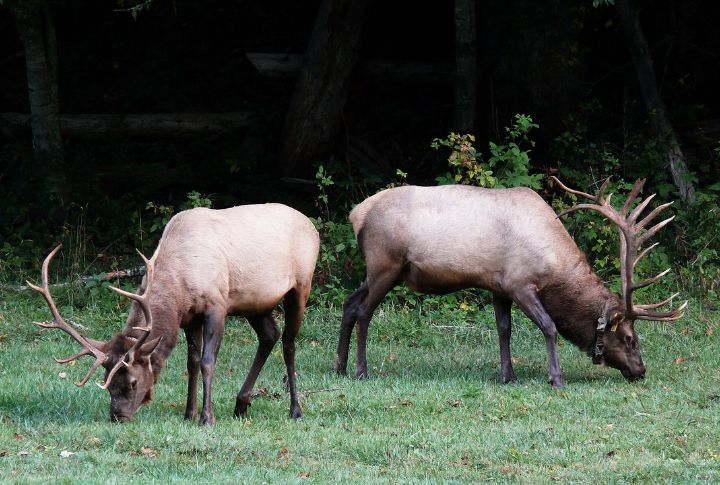
One of the only elk herds in the Eastern United States resides here. Reintroduced in 2001 after being absent for over 150 years, these majestic animals have successfully adapted to their new home. Visitors can often spot elk grazing in Cataloochee Valley, especially during the fall rutting season.
Bear Country
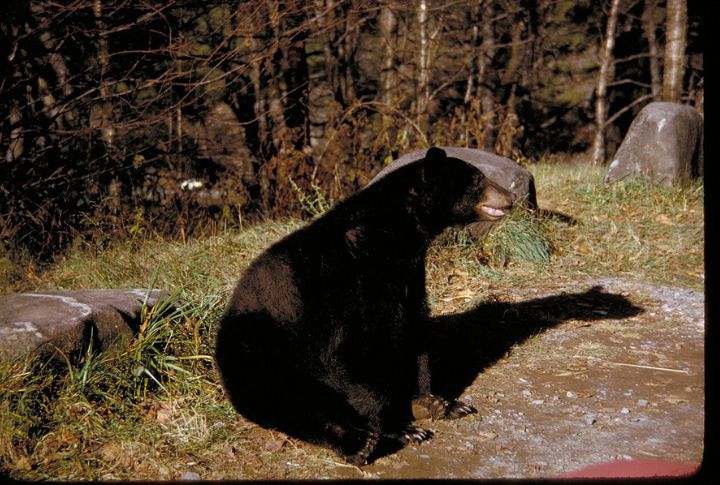
With approximately two bears per square mile, the park has one of North America’s densest black bear populations. This high density shows the park’s healthy ecosystem and effective conservation efforts. While bear sightings excite visitors, the park emphasizes maintaining a safe distance and practicing proper food storage.
The Smoky Name

Its name comes from the natural fog that often hovers around the mountains. The fog is actually a vapor produced by vegetation. Trees and other plants release organic compounds that create the signature blue-gray mist. This natural phenomenon not only gives the mountains their name but also contributes to the region’s unique beauty and atmosphere.

